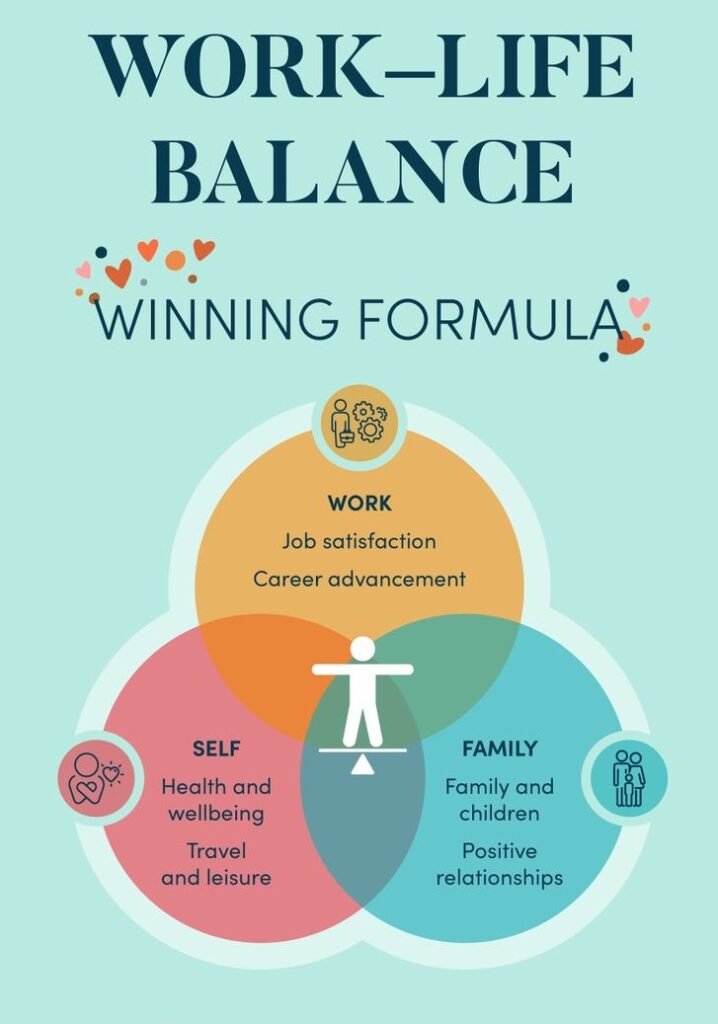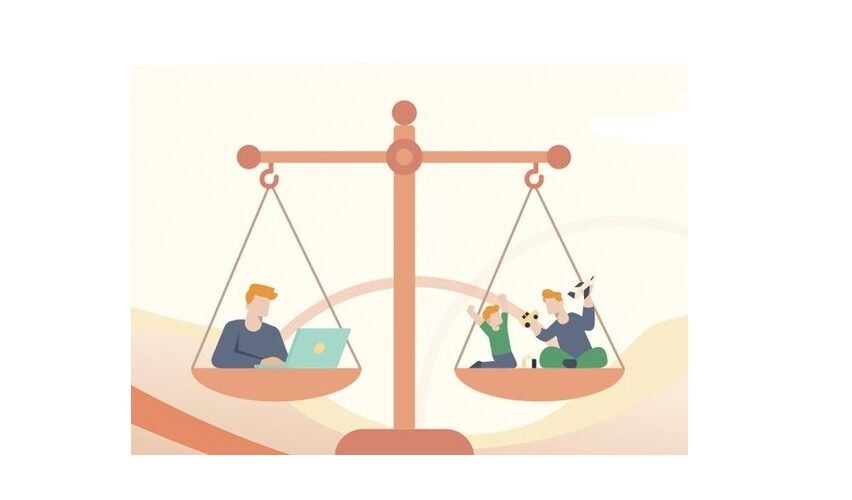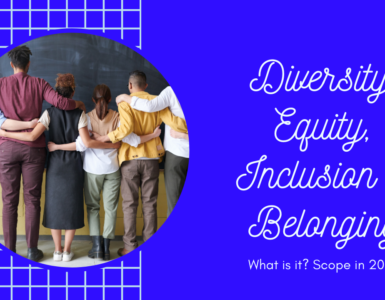Achieving equilibrium between professional commitments and personal life is imperative. In this article, I will guide you on how to attain a Work-life (WL) balance with a strong coaching culture.

In the fast-paced and ever-changing world of work, finding balance between professional and personal life has become a critical concern for both employees and employers. Recognizing this, organizations are increasingly turning to innovative solutions to address the growing demands from their workforce. One such solution is the rise of work-life coaching, an approach that challenges traditional models and offers transformative benefits
A well-known company, Randstad RiseSmart Worklife Coaching. Results from a Randstad RiseSmart worklife coaching program with a Fortune 100 company showed:
- 100% of employees felt more satisfied and committed
- 96% said they were more likely to stay at their company for two years or more
- 45% increase in employees’ satisfaction with professional growth opportunities
The Shifting Landscape of Work
As an employee-driven world unfolds, the need for adapting to change becomes paramount. Traditional coaching models, which were once reserved for leadership and high-performers, have proven to be ineffective. The barriers of regimented package structures and high costs have hindered the democratization of coaching across all levels of an organization.
The Coaching-Centric Advantage
The shift towards coaching-centric organizations is not just a trend; it’s a proven strategy for success. According to various studies, organizations with a strong coaching culture experience higher levels of engagement, mobility, development, inclusion, and retention.
A Comprehensive Approach to Work-Life Coaching
Work-life coaching addresses critical people priorities by providing a comprehensive and cost-effective coaching solution for employees at every level. The coaching model revolves around six critical pillars: identity and purpose, work-life and well-being, relationships and networks, career and skilling, reward and recognition, and access to career experts.
Elevating the Employee Experience
This holistic approach aims to expand employees’ mindsets, fostering better career choices and smoother mobility. By elevating the overall employee experience, businesses can expect increased satisfaction, performance, and, ultimately, retention.
Three Pillars of Delivery Excellence
Work-life coaching is built on a three-pillar delivery system: expert-led, engaging, and inclusive. Certified coaches, equipped with proven methodologies, deliver topical expertise tailored to individual employee needs. The tech-and-touch approach combines engaging experiences with nudging for positive habit formation and learning reinforcements from coaches.
Inclusivity as a Priority
Unlike traditional coaching models that are cost-prohibitive, this approach ensures inclusivity. Every employee has access to work-life-enhancing guidance, allowing organizations to strengthen their commitment to inclusivity.
Employee Empowerment: Taking the Wheel
One notable feature is its global accessibility. Available in over 110 countries and delivered in 43 languages, organizations can provide expert resources to employees globally while acknowledging local language and cultural nuances.
Tangible Benefits of Work-Life Coaching
The benefits of this coaching program are evident in the results. In a collaboration with a Fortune 100 company, employees reported higher satisfaction, commitment, and a significant increase in their satisfaction with professional growth opportunities.
Conclusion
In conclusion, work-life coaching is emerging as a transformative solution to address the evolving needs of the modern workforce. This innovative approach stands out as a holistic, accessible, and impactful strategy that not only addresses immediate people priorities but also contributes to the long-term success and sustainability of organizations in today’s competitive landscape.
For More Articles, visit our site The Infotrainers






Wao great thanks for guiding.